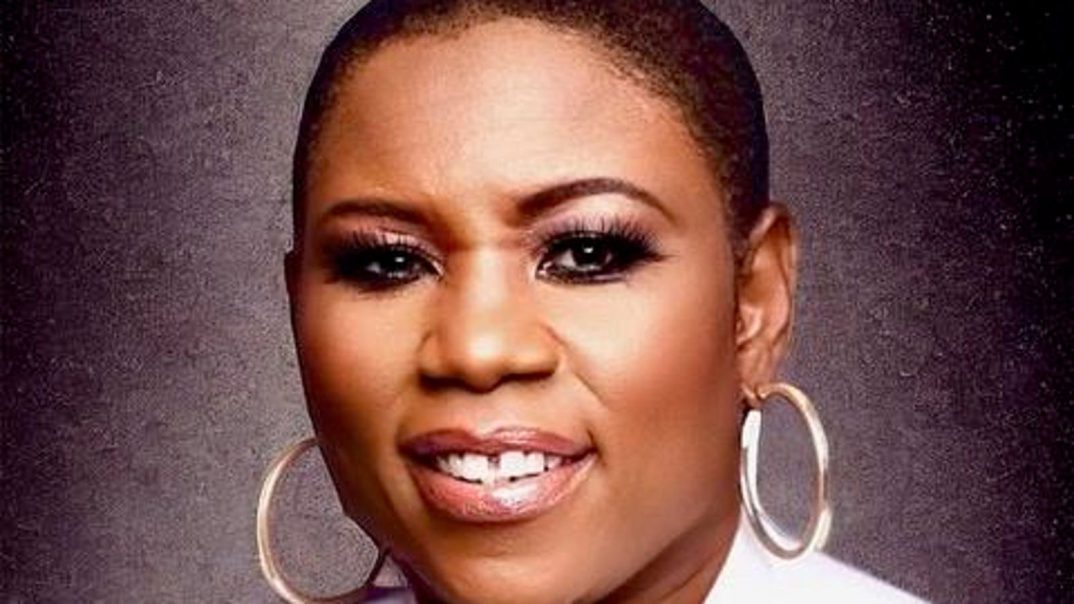With YouTube the second-largest search engine and TikTok turning many brands into viral sensations, many entrepreneurs already know they should be doing more to build their presence on video. However, getting started can be intimidating.
So how can you take the leap, even if you’re not the next Gary Vee or an Instagram-ready comedian? For ideas on how business owners can use video to build a personal brand, I spoke with Debbie Mitchell, an Emmy-nominated producer who has done production for Geraldo Rivera, Barbara Walters, Bryant Gumbel, and many other well-known media personalities for more than two decades in the media. She now runs Deborah Mitchell Media & Associates.
Here is Mitchell’s advice for independent professionals and entrepreneurs who want to use video marketing to create a strong personal brand.
Producer Debbie Mitchell says video can be an important digital-marketing resourceâbut the key is … [+]
Deborah Mitchell & Associates
Build time for it into your schedule. “People don’t realize that it is time-consuming to create video,” says Mitchell. “And you need to be aware and consistentâand plan and strategize what you want to do.” If you don’t have the time and your marketing person is too busy, consider bringing in an outside producer. “Have a meeting with someone and talk about what your goals are and how you can achieve them based on your budget and vision for what you want to do,” she advises.
Give yourself time to get comfortable. Don’t worry if you’re a bit stiff on camera now. “That’s something that you can work on,” says Mitchell. Getting media training is one way to build your comfort level. “Everything takes a little practice,” says Mitchell. You can always edit a video, so don’t worry too much if it’s long. “Concentrate on the quality and the value of what you’re putting out,” she says.
Worried you might forget what you planned to say? Mitchell likes an app called BIGVU that allows you to use your phone as a teleprompter. “And there are other options if you don’t want to be on camera,” she adds. “AI has made it so easy for anyone to record and not be on camera, maybe by using visuals and their voice alone, or just using their voice with text.”
Create a content strategy. “Have a plan as far as what you want to talk about and what you want your content to be,” says Mitchell. “And to know what you want your content to be, you have to have an idea of who your target audience is, because you’re going to be creating content that’s going to address that audience’s pain point, and you’re going to give them a solution in your video.”
Focus your content. Most video content is either educational or entertaining. Educational content identifies the audience’s pain point and offers a solution. Entertaining content is the kind of amusing video you see on TikTok.
Regardless of what options you choose, donât worry that you wonât have enough material. “People think they will run out of content,” says Mitchell. “That’s impossible. You can get content from friends, and family, the news, magazines, talking to people, reading, or watching your favorite YouTube, or online personality. Running out of content isn’t even an option. There’s always something to say.”
Be consistent in producing content. This will help you build an audience. “If you say you’re going to be online or you’re going to post video, make sure they know that you’re going to post a video on a Monday, Wednesday, and a Friday,” she says. “They’ll start to look for it. And make sure to engage with your audience. “If they comment, comment back,” she says.
Ultimately, all of the information you share should fit into your content strategy. “It’s about planning the information that you want to put out there,â says Mitchell. âWhat is your audience looking for and how can you provide the solution or the answer to what they’re looking for so that they continue to come back to you?”
Make the most of basic equipment. “You don’t have to go out and spend a whole lot of money, especially if you don’t have the budget for it.,” she says. “Start with an iPhone, a ring light, and a good microphone. Audio is very important. People will put up with bad video, but not bad audio. So have a good microphone. With those three things, you could get started very quickly and easily.”
Find a look that’s comfortable for you. You’ll be representing your brand, so it’s important to look good on camera. Contrary to what many people expect, it’s not necessary to wear heavy screen makeup, though. “A little bit of color on your lip is good, but you don’t have to bury your face in makeup because if that’s not how you feel comfortable, you’re not doing to feel comfortable on camera,” she says. “You’re going be very self-conscious and you don’t want to be self-conscious.” If you’re a man, wearing powder so you are not shiny can go a long way, she says.
Don’t worry if you don’t have a viral TikTok video. “I don’t advise businesses to try to follow trends to go viral,” says Mitchell. “You have to stay true to your brand. If you’re lucky enough to have a video that goes viral, that’s fine, but I don’t think that should be your goal because then you find yourself following trends, which is not in line with your message. And you need to be consistent and stay with your message because that’s what you’ve promised your audience.”
You may be surprised at how big a response you get. When ethnobotanist Mark Plotkin, president of the Amazon Conservation Team, launched his video podcast “Plants of The Gods” during the 2020 pandemic, it took off quickly. Working with Mitchellâs production team, he live-streamed video content edited and posted to YouTube. Today the podcast is approaching 1 million downloads, helping the group raise awareness of its goal of conserving land inhabited by indigenous people. “They have taken a very simple, and straightforward pod[cast] focusing on a seemingly narrow topic and helped us reach a global and ever-expanding audience” he said afterward.
Set a reasonable budget. Your budget will depend on what types of video content you want to invest in, but it will often run at least a couple of thousand dollars a month if you get serious about it. Some questions to consider: How many days a week do you want to have a video? Do you want to invest in a livestream? ” I like livestream because you produce long-form content. You will spend more money upfront; however, you can edit that video into shorter form content,” says Mitchell. “It goes further because you can use that video in different ways, repurpose it for different platforms.”
While it can take time to create videos, there are many ways to share what is essentially the same content. That will allow you to reach a wider audience and get a bigger return on your personal-branding efforts.





